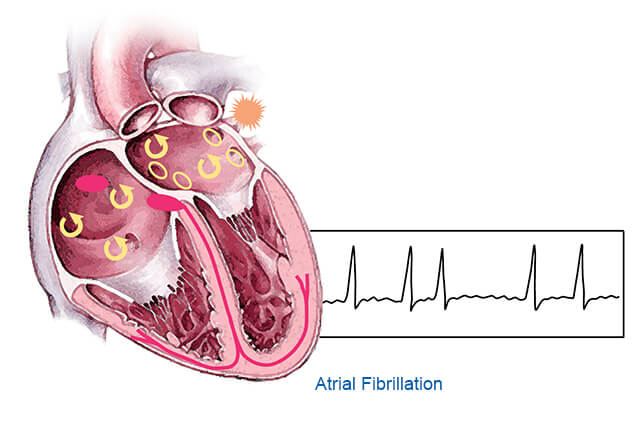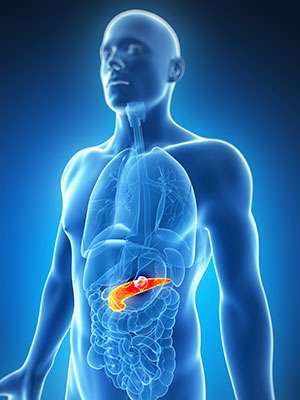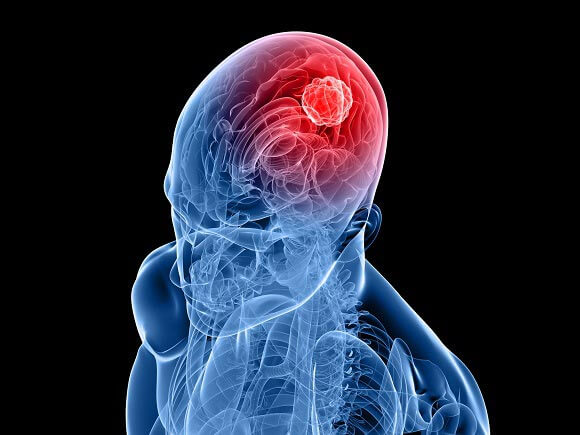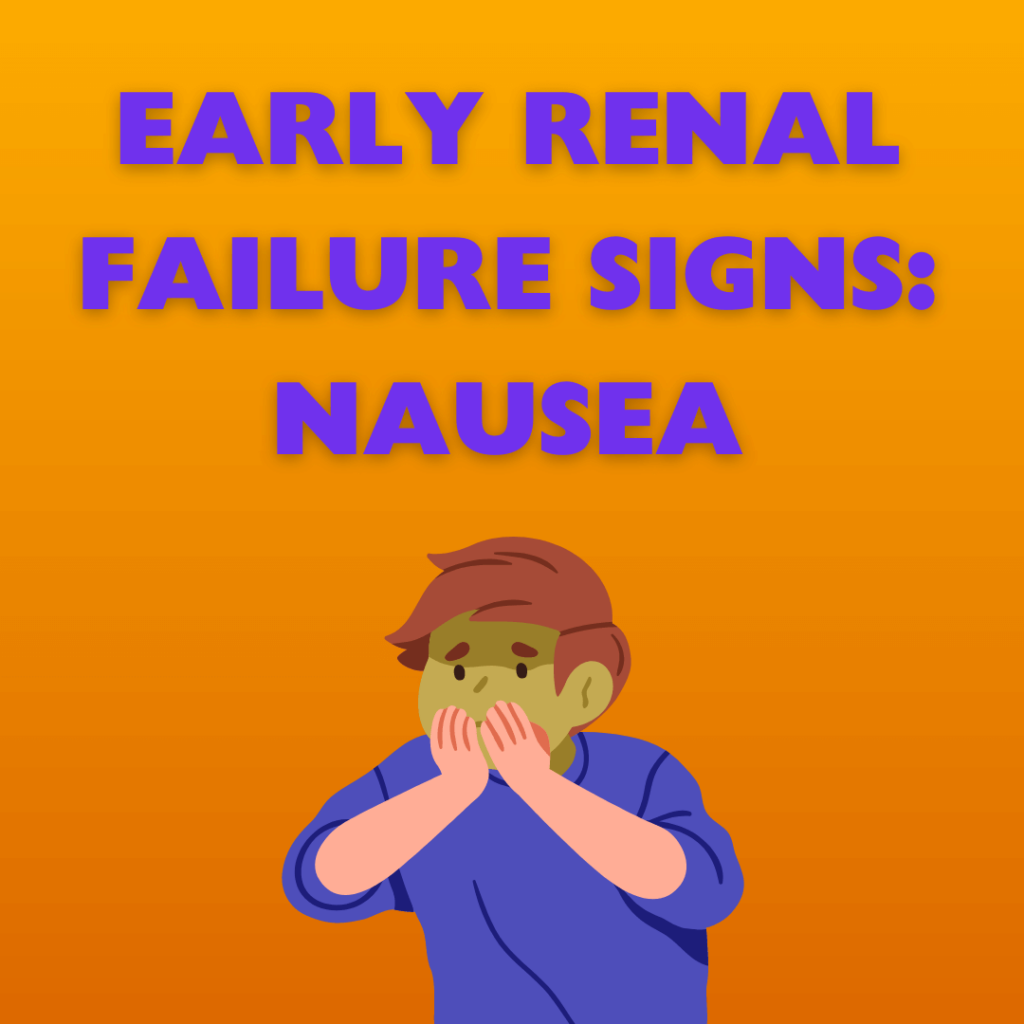
In the United States, about 19.8 million people live with age-related macular degeneration (AMD). Although the majority of people have the dry, less severe form of AMD, some people develop the wet type, which can affect their vision. Wet age-related macular degeneration is a long-lasting disorder that can cause blurred vision or a blind spot in the center of your vision.
While scientists still don’t know the exact causes of wet AMD, it always begins as the dry form. In most cases, the problems associated with wet AMD begin when blood vessels leak fluid into the macula, which is the part of the retina that gives the eye clear vision. Early detection and quick treatment of wet AMD can help reduce some vision loss, so if you notice a dark spot in the center of your vision, reach out for help.
Treatment options for wet AMD
Several effective treatment options can slow down the progression of wet AMD:
Anti-VEGF Injections
Anti-VEGF injections are the most common treatment option for those with wet AMD. These injections stop leaking blood vessels in the back of the eye.
If you have wet AMD, your body may make too much of a protein called vascular endothelial growth factor (VEGF), which can cause blood vessels to grow abnormally.
Anti-VEGF injections block this protein. Common anti-VEGF medicines are:
- Lucentis (ranibizumab)
- Avastin (bevacizumab)
- Beovu (brolucizumab)
- Vabysmo (farcical)
- Eylea (aflibercept)
For this procedure, your doctor will numb and clean your eye to prevent infections. Then, they will use a very small needle to place the anti-VEGF medicine in your eye.
You will need injections every four to six weeks to maintain the results. In some instances, you may regain some of your lost vision as your blood vessels shrink, and your body absorbs the fluid. It is a fast and effective treatment option.
Although rare, these injections risk causing eye inflammation, retinal detachment, and increased eye pressure.
Photodynamic Therapy
Photodynamic therapy (PTD) can also help with the irregular growth of blood vessels that occurs with wet AMD. PTD uses a “cold” laser to activate a light-sensitive medicine called verteporfin.
Your doctor shines this laser into the back part of your eye, activating the medication to break down the blood vessels that cause your vision loss.
To perform this treatment, your doctor will inject your arm with verteporfin and put numbing medicine in your eye. Then, you will get a special contact lens to wear that can help guide the laser. Your doctor will then shine the laser into the back of your eye.
PTD can cause some light sensitivity, so you will need to avoid bright lights and direct sunlight. There is also the risk of a new blind spot appearing in your vision.
Laser Surgery
Laser photocoagulation is a type of laser therapy that can help treat the extra blood vessels in your eye. For some people, it may be the only viable treatment option, especially if you have blood vessels that clump together.
During this procedure, your doctor uses a high-energy laser beam to seal blood vessels under the macula. To begin, your doctor will use anesthetic eye drops so you are comfortable and then place a special contact lens to help focus the laser beam.
A potential risk with this treatment option is that the laser can cause an additional blind spot, which can be more advanced than the original one. Your retina can also get damaged by the laser scar. Some people experience bleeding into the eye as well.
Managing wet AMD
If you have wet AMD, attending all of your doctor’s appointments is essential. Your doctor needs to be able to see how the condition progresses so that they can suggest treatments or maintenance tips.
Don’t smoke, and make sure that you stick to a healthy diet. Vegetables like kale, spinach, and squash all have high levels of antioxidants that can help people with wet AMD. Eating unsaturated fats, like in salmon, walnuts, and tuna, may also help slow the condition’s progression.
Exercise regularly, and try to maintain a healthy weight.
Healthy living with wet AMD
Wet age-related macular degeneration can be an overwhelming diagnosis to receive, but fortunately, there are treatment options that can help. With the right lifestyle changes and regular care from your doctor, you can maintain a healthy and active life with wet AMD.
Resource Links:
- “Prevalence of Age-Related Macular Degeneration” via Centers for Disease Control and Prevention
- “Treatments for Wet AMD (Advanced Age-Related Macular Degeneration)” via National Eye Institute
- “Injections to Treat Eye Conditions” via National Eye Institute
- “Verteporfin Injection” via National Library of Medicine




